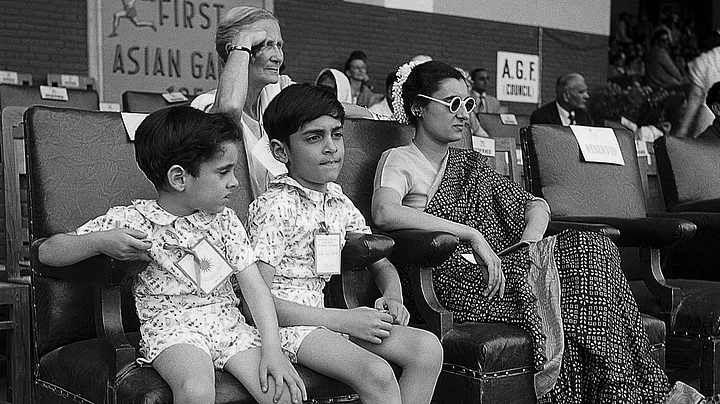(This story was first published on 8 December 2018. It has been reposted from The Quint’s archives to mark the birth anniversary of Homai Vyarawalla.)
Little did everyone know that a young and zealous Parsi girl would go on to become India’s first female photojournalist, and perhaps even the best one till this day.
Homai Vyarawalla was born on 9 December 1913 in Gujarat. She moved to Mumbai, then Bombay, to pursue a diploma at St Xavier’s college, after which she joined the J J Schools of Arts, where she, luckily for all of us, picked up a camera and began to study photography.
It was at J J school that she met Manekshaw Vyarawalla, a freelance photographer who introduced her to the art form. She would later go on to marry him.
Her first assignment at college, to photograph a picnic, was published by Bombay Chronicle, a local newspaper, after which she regularly picked up more freelance assignments, including work for The Illustrated Weekly Magazine of India.
In an engrossing interview with The Hindu, when asked if she ever felt hampered in her work because of being a woman, Homai said:
“Somehow it never occurred to me that I was doing something unusual or that I was the only woman in a male-dominated profession at that time. I think I was casual in my dressing and unobtrusive in my demeanour, so this may have made people around me feel at ease. I was always given due credit for my work and was respected just as any other competent person in the field. At school, I was the only girl in my matriculation class. So I was used to being in the company of boys.”Homai Vyarawalla, speaking to The Hindu
In 1942, Homai and her husband moved to Delhi, where they both joined the British Information Service as photojournalists, during which time she was often spotted in Delhi, especially near political hotspots, with her nine-kilogram-heavy film camera strapped across her.
During this time, Homai captured some of the most iconic images of India’s transition into an independent nation, such as Mountbatten’s last salute as the Governor General, India’s first Republic Day parade, the first flag hoisting on 15 August 1947 and the funeral of Mahatma Gandhi.
“There was another time when I had hurt my lips and it was bandaged while I attended some ceremony. Dr Radhakrishnan [the second President of India], who was present on the occasion, noticed this from the podium and was trying to get my attention by quietly scratching his lip at the point where I had the bandage. I kept quiet and pretended not to notice. Later on, while passing by me, he quietly inquired, “Were you bitten by your husband?”Homai Vyarawalla, speaking to The Hindu
“On the day of Gandhiji’s assassination, we were at the Ashram visiting him. That evening, I set out for the prayer meeting when my husband called me back saying we both could go the next day. Soon, the terrible news that he had been assassinated came. As a person, I deeply regretted the assassination. As a professional, I regretted not having been there while being so near. My husband wouldn’t forgive himself for calling me back, especially because there was no other photographer around.”Homai Vyarawalla speaking to The Hindu
Homai clicked her last picture in 1970 – that of Indira Gandhi – after almost forty years as a photographer. She settled in Gujarat in 1969 after her husband passed away.
In 2011, she was awarded the Padma Vibhushan and the Lifetime Achievement Award by the I&B Ministry. She died on 16 January 2012 at the age of 92, leaving us the poorer for it.
